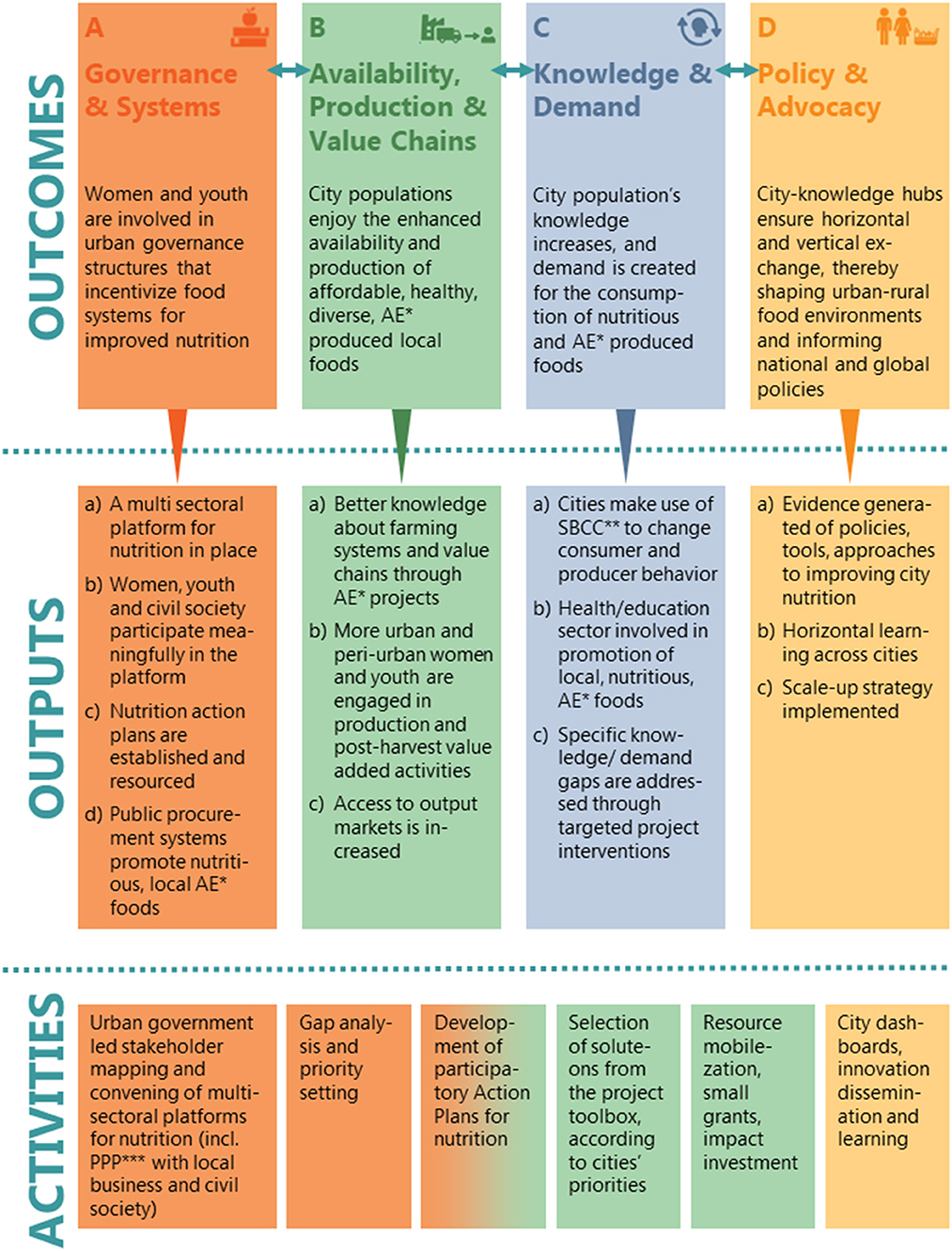Report on Local Food Procurement in Early Childhood Education and its Alignment with Sustainable Development Goals
H3: Barriers to Achieving Sustainable Nutrition and Economic Goals in Child Care
Child care providers encounter significant operational, economic, and logistical challenges that impede the integration of local food systems, thereby affecting progress toward several Sustainable Development Goals (SDGs).
- Operational and Resource Deficits: A primary challenge is the shift toward processed foods due to a lack of capacity to handle fresh, local produce. This is linked to:
- Inadequate staff time, culinary skills, and appropriate kitchen equipment.
- Severe space and storage limitations in facilities preparing meals for a large number of children.
- Post-COVID staffing shortages, forcing non-culinary staff into food preparation roles.
- Economic Pressures (SDG 8: Decent Work and Economic Growth): The child care sector faces severe economic strain. Staff wages are often so low that employees may require public assistance, undermining the goal of decent work and economic security for this essential workforce.
- Supply Chain Disconnects (SDG 12: Responsible Consumption and Production): Establishing connections with local farmers requires time and resources that child care centers often lack. This logistical gap prevents the development of sustainable, local supply chains and limits the ability to promote seasonal and responsible consumption patterns.
H3: Farm-to-Early Care and Education (ECE) as a Catalyst for Sustainable Development
Farm-to-ECE programs offer a comprehensive framework for addressing challenges in nutrition, education, and health, directly contributing to multiple SDGs.
Core Components of Farm-to-ECE Initiatives:
- Local Food Procurement: Sourcing food from local farmers for meals and snacks directly supports SDG 2 (Zero Hunger) by improving access to nutritious food and SDG 12 (Responsible Consumption and Production) by strengthening local food systems.
- Experiential Garden Learning: Engaging children in gardening provides hands-on learning experiences, advancing SDG 4 (Quality Education) by connecting them to their food source.
- Food-Based Classroom Education: Incorporating cooking and food literacy into the curriculum promotes lifelong healthy habits, a key target of SDG 3 (Good Health and Well-being). Repeated positive exposure to healthy foods in an educational setting increases children’s willingness to eat them.
Impact on Community Health and Behavior:
- Farm-to-ECE programs have demonstrated success in shifting children’s dietary preferences toward fresh vegetables like broccoli.
- These positive behaviors often extend to the home, influencing family purchasing habits and contributing to broader community health outcomes.
H3: Economic Implications for Local Agriculture and Small-Scale Farmers
Targeted funding and support for farm-to-ECE initiatives create critical economic opportunities for local farmers, aligning with goals for sustainable economic growth and resilient communities.
- A Viable Market for Small Farms (SDG 8: Decent Work and Economic Growth): The child care market is an ideal entry point for small-scale farmers who may not have the volume to supply larger institutions like school districts. It serves as a steppingstone for farmers to gain experience with institutional buyers and build capacity for future growth.
- Overcoming Market Barriers (SDG 11: Sustainable Cities and Communities): Financial and technical assistance can help farmers overcome significant barriers to entering institutional markets, such as the cost and complexity of obtaining Good Agricultural Products (GAP) certification.
- Strengthening Local Food Economies (SDG 12: Responsible Consumption and Production): By connecting farmers to a new and stable market, these programs foster shorter supply chains, support the local economy, and build more resilient and sustainable food systems. The loss of potential funding represents a missed opportunity to strengthen these vital community connections.
SDGs Addressed in the Article
- SDG 2: Zero Hunger
- SDG 3: Good Health and Well-being
- SDG 4: Quality Education
- SDG 8: Decent Work and Economic Growth
- SDG 12: Responsible Consumption and Production
- SDG 17: Partnerships for the Goals
Specific SDG Targets Identified
SDG 2: Zero Hunger
-
Target 2.1: End hunger and ensure access by all people, in particular the poor and people in vulnerable situations, including infants, to safe, nutritious and sufficient food all year round.
- The article focuses on farm-to-ECE programs designed to get “local food on the plate for meals and snacks” for young children, directly addressing their access to nutritious food like “fresh fruits and vegetables.”
-
Target 2.2: End all forms of malnutrition.
- The initiative encourages a shift away from “processed foods or relying on canned or frozen foods” towards fresh, local produce, which is a direct strategy to improve nutritional quality and combat malnutrition in children.
-
Target 2.3: Double the agricultural productivity and incomes of small-scale food producers.
- The article explains that the child care market can be a “great outlet for a smaller scale farm” and a “steppingstone” for farmers to build their business and “scale up someday,” thus creating a new market and income stream.
SDG 3: Good Health and Well-being
-
Target 3.4: Reduce by one third premature mortality from non-communicable diseases through prevention and treatment and promote mental health and well-being.
- By establishing healthy eating habits early in life through “repeated exposures” to fresh vegetables, the program acts as a preventative health measure. The article notes that these “behaviors carry over at home,” which can help prevent diet-related diseases later in life.
SDG 4: Quality Education
-
Target 4.7: Ensure that all learners acquire the knowledge and skills needed to promote sustainable development.
- Farm-to-ECE programs are described as having components of “experiential learning in the garden” and “food-based learning,” which educate children about food sources, seasonality, and cooking, promoting knowledge for sustainable lifestyles.
SDG 8: Decent Work and Economic Growth
-
Target 8.3: Promote development-oriented policies that support productive activities, decent job creation, entrepreneurship, creativity and innovation.
- The program supports small-scale farmers by providing a “new market” and helping them overcome barriers like the lack of volume for larger school systems, thereby fostering local entrepreneurship in agriculture.
-
Target 8.5: Achieve full and productive employment and decent work for all.
- The article highlights the challenge of low wages in the child care sector, noting that “staff wages are so low that they’re often on public assistance themselves,” connecting the program’s context to the need for decent work.
SDG 12: Responsible Consumption and Production
-
Target 12.8: Ensure that people everywhere have the relevant information and awareness for sustainable development and lifestyles.
- The educational aspect of the program, which includes “experiential learning in the garden” and understanding “seasonality,” directly contributes to raising awareness among children and their families about sustainable food systems.
SDG 17: Partnerships for the Goals
-
Target 17.17: Encourage and promote effective public, public-private and civil society partnerships.
- The entire farm-to-ECE model is a partnership between farmers (private sector), child care centers (civil society/private), and “technical assistance providers.” The mention of potential “Local Food for Schools funding” also points to a public-private partnership structure.
Indicators for Measuring Progress
SDG 2: Zero Hunger
- Implied Indicator: Volume of local, fresh produce procured by child care centers. The article discusses the goal of “getting local food on the plate.”
- Implied Indicator: Number of small-scale farmers participating in farm-to-ECE programs. The article mentions introducing “farmers to a new market.”
- Implied Indicator: Change in children’s consumption of fruits and vegetables. This is implied by anecdotes like a child yelling, “I want broccoli!”
SDG 3: Good Health and Well-being
- Implied Indicator: Reported changes in children’s eating habits at home. The article cites parents being “so surprised when those behaviors carry over at home.”
SDG 4: Quality Education
- Implied Indicator: Number of child care centers incorporating food-based and garden-based learning activities. The article defines these as key components of farm-to-ECE programs.
SDG 8: Decent Work and Economic Growth
- Implied Indicator: Income growth for participating small-scale farmers. The program is described as a “steppingstone” for farmers to “scale up.”
- Implied Indicator: Wage levels for child care staff. The article mentions low wages as a critical challenge, making it a relevant (though negative) indicator of the sector’s condition.
SDG 12: Responsible Consumption and Production
- Implied Indicator: Increased awareness of food seasonality among children and parents. This is a direct outcome of the “food-based learning” component.
SDG 17: Partnerships for the Goals
- Implied Indicator: Number of active partnerships between farmers, child care centers, and technical assistance providers. The article frames the entire initiative around these collaborations.
Summary Table of SDGs, Targets, and Indicators
| SDGs | Targets | Indicators |
|---|---|---|
| SDG 2: Zero Hunger | 2.1: Ensure access to safe, nutritious food. 2.2: End all forms of malnutrition. 2.3: Increase income of small-scale food producers. |
– Volume of local produce procured by ECE centers. – Number of small-scale farmers selling to ECE centers. – Change in children’s consumption of fresh produce. |
| SDG 3: Good Health and Well-being | 3.4: Reduce mortality from non-communicable diseases through prevention. | – Reported changes in children’s eating habits at home. |
| SDG 4: Quality Education | 4.7: Ensure learners acquire knowledge for sustainable development. | – Number of ECE centers with garden/food-based learning. |
| SDG 8: Decent Work and Economic Growth | 8.3: Support entrepreneurship and small enterprises. 8.5: Achieve decent work for all. |
– Income growth for participating farmers. – Wage levels for child care staff (as a contextual challenge). |
| SDG 12: Responsible Consumption and Production | 12.8: Ensure people have information for sustainable lifestyles. | – Awareness of food seasonality among children and parents. |
| SDG 17: Partnerships for the Goals | 17.17: Encourage effective public-private and civil society partnerships. | – Number of active partnerships between farmers and ECE centers. |
Source: civileats.com






